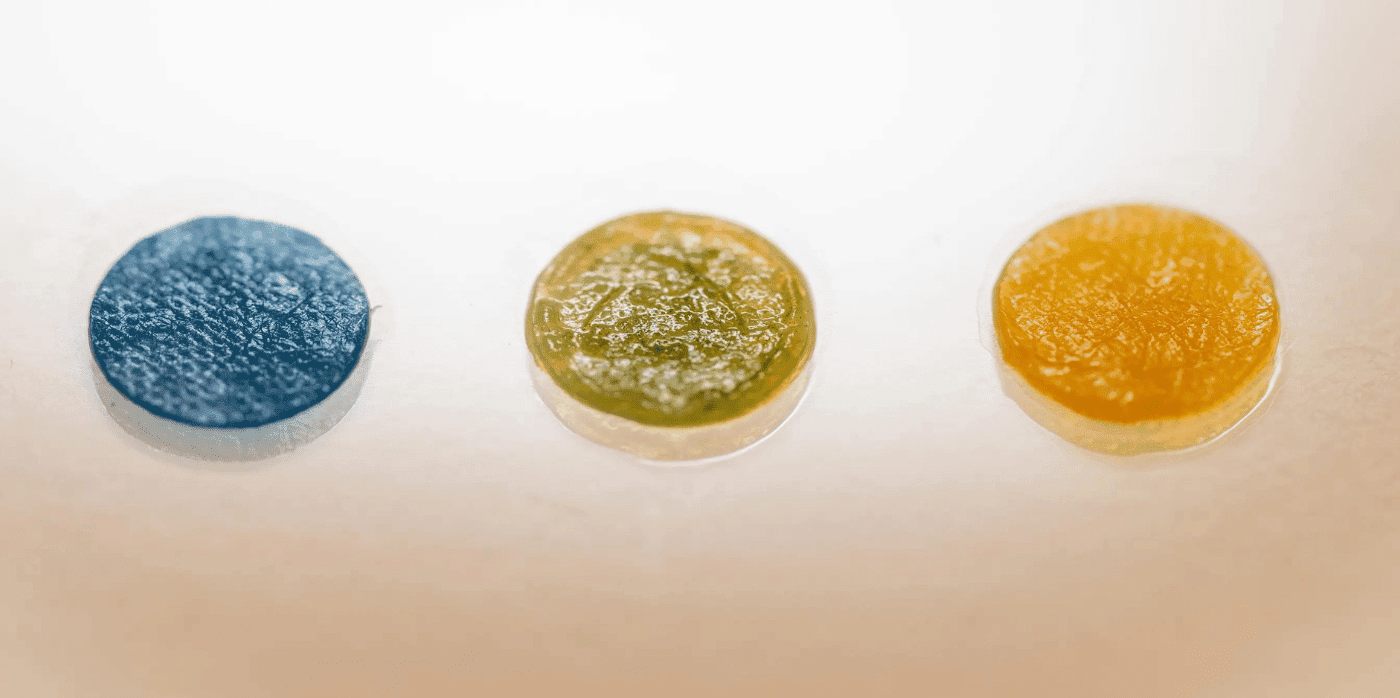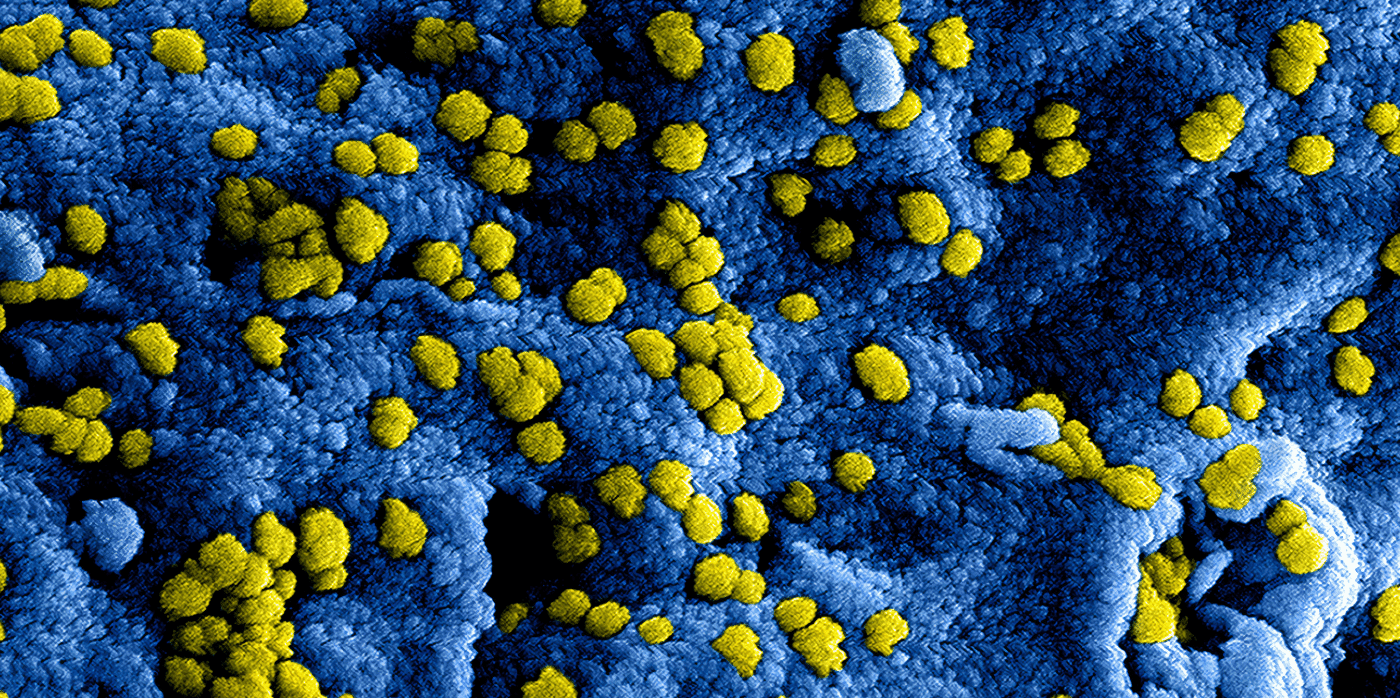A wound dressing that changes colour to reveal infection

Spotted: The World Health Organization (WHO) identifies antibiotic resistance as one of today’s biggest threats to global health, food security, and development. One way to reduce the need for antibiotics is to lessen the number of infections requiring additional care. With a lot of outpatient healthcare resources spent on wound treatment, a reduction in the rate of infection would drastically affect the amount of antibiotics prescribed.
A team of Linköping University researchers, in collaboration with colleagues from Örebro and Luleå Universities, has created a new material that helps reduce infections in healing wounds. Traditionally, healthcare workers lift a dressing to visually evaluate the healing process. With each exposure, there is an increased risk of infection. Continual disturbance of the wound also slows the healing process.
The new material is a tight mesh made of nanocellulose that allows gases and liquids through. Loaded onto the material is a nanoscale silica compound containing bromthymol blue dye. The dye reacts to a pH level of more than seven by turning from yellow to blue. Non-infected wounds have a pH level of approximately 5.5, meaning that any increase will begin to cause a reaction in the dressing.
As the dressing changes colour, healthcare teams can consider treatments far earlier than if they had to wait for a full-blown infection to develop. Because the dressing allows air to pass through, it is designed to stay on the wound during the entire healing process. In a best-case scenario, a patient wouldn’t ever have to change the dressing, meaning that wounds could heal faster because the scabbing process is never disturbed.
The flexible material is ideal for use in hard-to-reach and hard-to-bandage areas of the body. Alongside the dressing, the researchers are also developing anti-microbial substances to further strengthen the dressings. The dressing could be available in five to ten years, depending on the speed with which it can pass through the required healthcare regulatory checks.
Smart bandages are being tested out in a multitude of ways, with Springwise spotting innovations that include a dressing that releases antibiotics when bacteria are detected and a bandage that glows when an infection develops.
Written By: Keely Khoury


